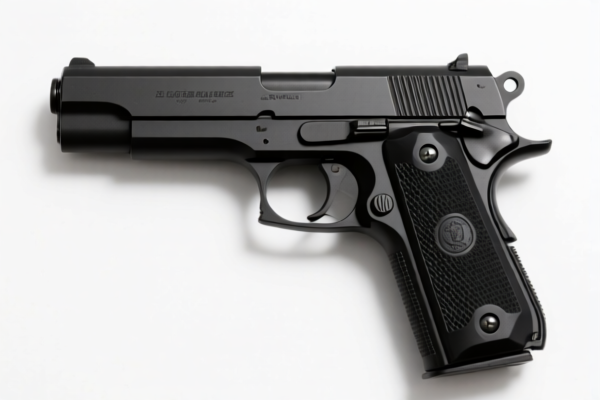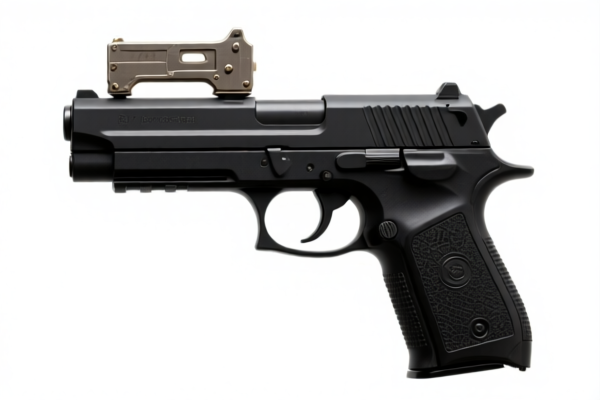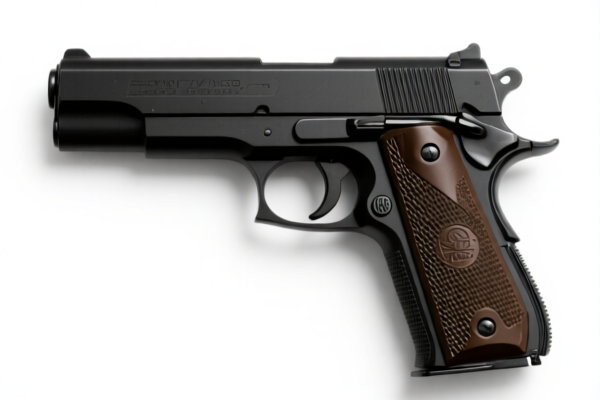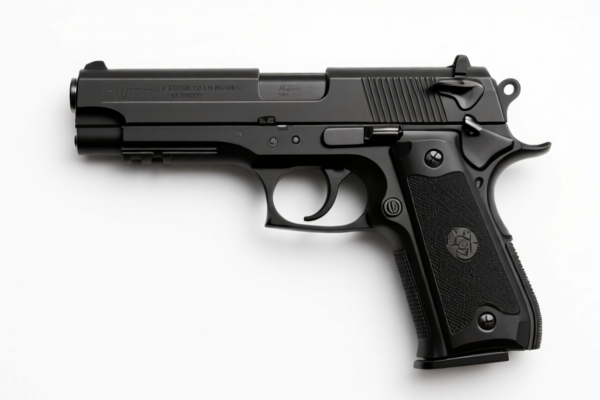| HS Code | Official Doc | Tariff Rate | Origin | Destination | Effective Date |
|---|---|---|---|---|---|
| 9606308000 | Doc | 61.0% | CN | US | 2025-05-12 |
| 9606220000 | Doc | 55.0% | CN | US | 2025-05-12 |
| 9620003090 | Doc | The rate applicable to the article of which it is an accessory+30.0% | CN | US | 2025-05-12 |
| 8206000000 | Doc | The rate of duty applicable to that article in the set subject t+30.0% | CN | US | 2025-05-12 |
| 8203206060 | Doc | 12¢/doz. + 5.5%+55.0% | CN | US | 2025-05-12 |
| 8203204000 | Doc | 67.0% | CN | US | 2025-05-12 |
| 8424899000 | Doc | 56.8% | CN | US | 2025-05-12 |
| 8424891000 | Doc | 55.0% | CN | US | 2025-05-12 |
| 4205001000 | Doc | 55.0% | CN | US | 2025-05-12 |
| 4205000500 | Doc | 57.9% | CN | US | 2025-05-12 |




Tag Gun
A tag gun, also known as a tagging gun, price tagger, or label gun, is a manual tool used to attach labels or tags to merchandise. It is commonly employed in retail settings for pricing, inventory management, and product identification.
Material
Tag guns are typically constructed from a durable plastic or metal body, often incorporating a steel jaw mechanism for securely fastening tags. The pins used are generally made of plastic or fine metal.
Purpose
The primary purpose of a tag gun is to efficiently and quickly attach price tags, product information, or other labels to items. This streamlines the retail process, reducing time spent manually attaching tags and ensuring consistent application.
Function
A tag gun functions by pushing a pin through both the tag and the fabric of the item being tagged. The tool utilizes a spring-loaded mechanism to drive the pin, locking the tag in place. Different models offer varying levels of force adjustment to accommodate different fabric thicknesses and tag materials.
Usage Scenarios
- Retail: Pricing clothing, accessories, and other goods.
- Inventory Management: Applying barcode tags for tracking stock.
- Garage Sales/Flea Markets: Pricing items for sale.
- Crafts/Sewing: Attaching price or information tags to handmade items.
- Thrift Stores: Tagging donated items.
Common Types
- Standard Tag Guns: The most common type, suitable for a wide range of fabrics and tags.
- Heavy-Duty Tag Guns: Designed for thicker fabrics like denim or leather, featuring a stronger spring mechanism.
- Bar Code Tag Guns: Equipped to apply tags with pre-printed barcodes for scanning.
- Price Blaster Tag Guns: Allow for rapid application of tags with pre-set prices.
- Electronic Tag Guns: Digital models with features like price calculation and data storage.
- Fine Wire Tag Guns: Utilizes fine metal wire for attaching tags to delicate fabrics.
Accessories
- Tagging Pins/Barbs: The consumable components that attach the tags. Available in various lengths and materials.
- Tags: Available in a variety of sizes, shapes, and materials (paper, cardboard, plastic).
- Tagging Strings/Loops: Used for attaching tags to items where a pin is not suitable.
- Refill Cartridges: Convenient packs of tagging pins for quick replacement.
Based on the provided reference material, determining the precise HS code for "tag gun" requires careful consideration of its function and materials. Here are potential HS code options:
-
8203206060: Files, rasps, pliers (including cutting pliers), pincers, tweezers and similar tools, and parts thereof: Other: Other (except parts). This code covers a broad category of hand tools, and a tag gun could fall under this classification if it's considered a type of pincers or similar tool.
- Chapter 82: Tools, implements, cutlery, hand tools, and articles of cutlery.
- Heading 8203: Files, rasps, pliers, pincers, tweezers and similar tools, and parts thereof.
- Subheading 8203206060: Other: Other (except parts). This indicates that the tool is not specifically covered by other more detailed subheadings within this category.
- Tax Rate: 12¢/doz. + 5.5% + 55.0%.
-
8203204000: Files, rasps, pliers (including cutting pliers), pincers, tweezers and similar tools, and parts thereof: Pliers (including cutting pliers), pincers, tweezers and similar tools, and parts thereof: Other: Slip joint pliers. If the tag gun functions similarly to slip joint pliers, this code may be applicable.
- Chapter 82: Tools, implements, cutlery, hand tools, and articles of cutlery.
- Heading 8203: Files, rasps, pliers, pincers, tweezers and similar tools, and parts thereof.
- Subheading 8203204000: Pliers (including cutting pliers), pincers, tweezers and similar tools, and parts thereof: Other: Slip joint pliers.
- Tax Rate: 12.0% + 25.0% + 30.0% = 67.0%.
-
8424899000: Mechanical appliances (whether or not hand operated) for projecting, dispersing or spraying liquids or powders; fire extinguishers, whether or not charged; spray guns and similar appliances; steam or sand blasting machines and similar jet projecting machines; parts thereof: Other appliances: Other. If the tag gun is considered a mechanical appliance for projecting (attaching) tags, this code could be relevant.
- Chapter 84: Nuclear reactors, boilers, machinery and mechanical appliances; parts thereof.
- Heading 8424: Mechanical appliances (whether or not hand operated) for projecting, dispersing or spraying liquids or powders; fire extinguishers, whether or not charged; spray guns and similar appliances; steam or sand blasting machines and similar jet projecting machines; parts thereof.
- Subheading 8424899000: Other appliances: Other.
- Tax Rate: 1.8% + 25.0% + 30.0% = 56.8%.
According to the provided reference material, the HS code options related to 'tag gun' are limited, with only the following 3 found.
It is recommended to carefully evaluate the tag gun's construction and primary function to determine the most accurate HS code. If the tag gun is primarily a hand tool, 8203206060 or 8203204000 may be more appropriate. If it is a more complex mechanical appliance, 8424899000 could be considered.
Customer Reviews
No reviews yet.